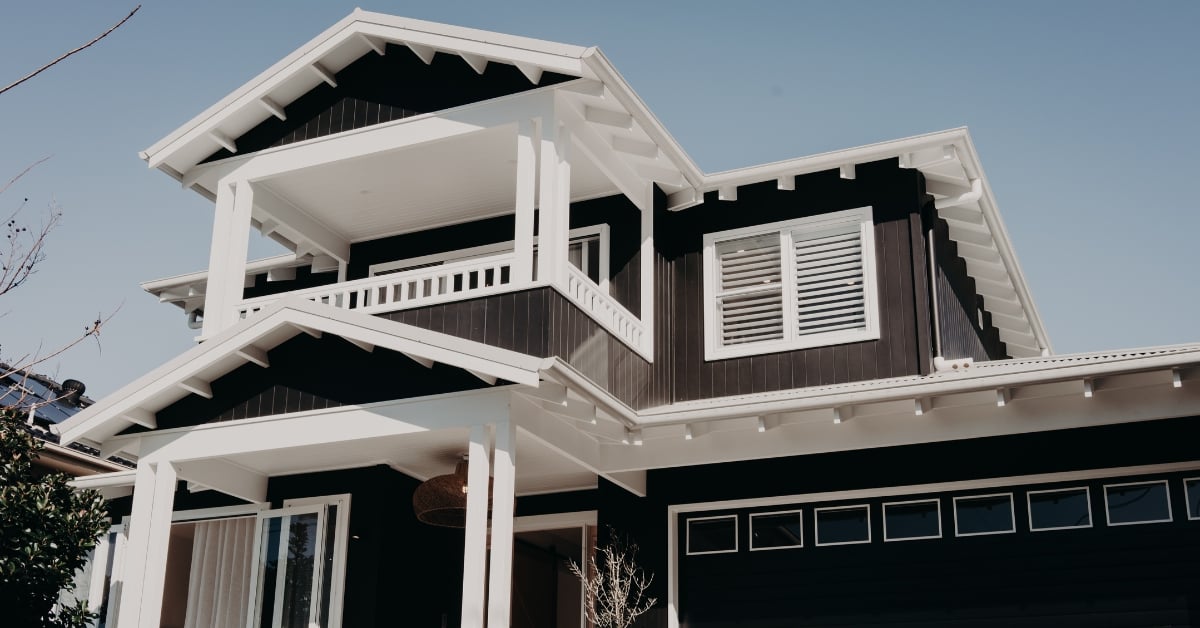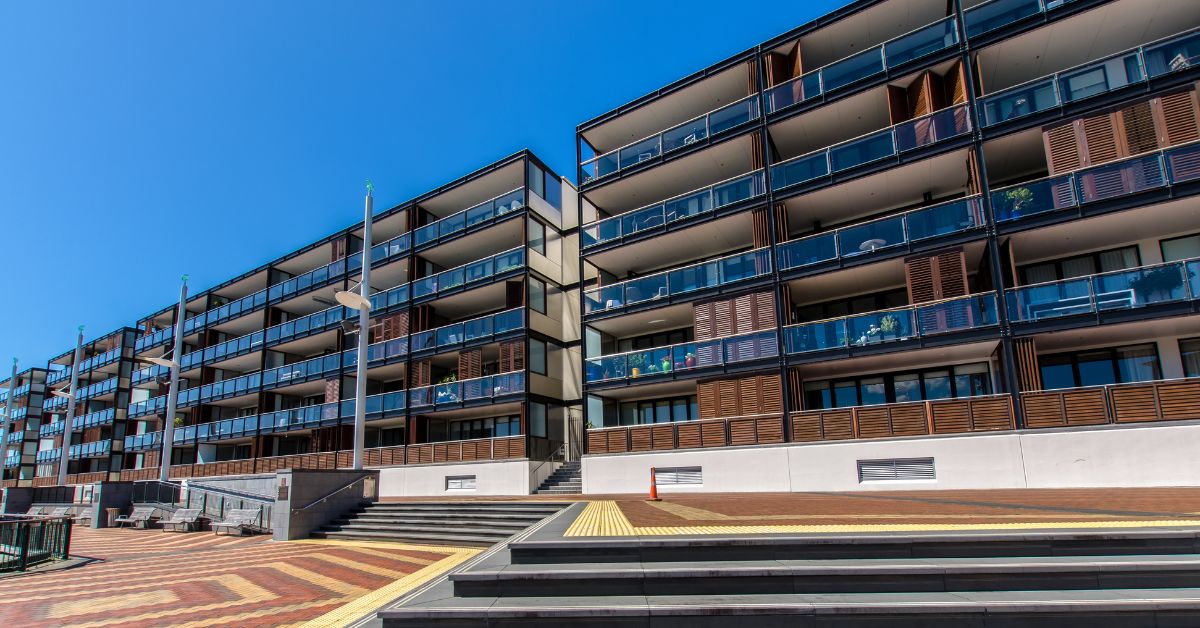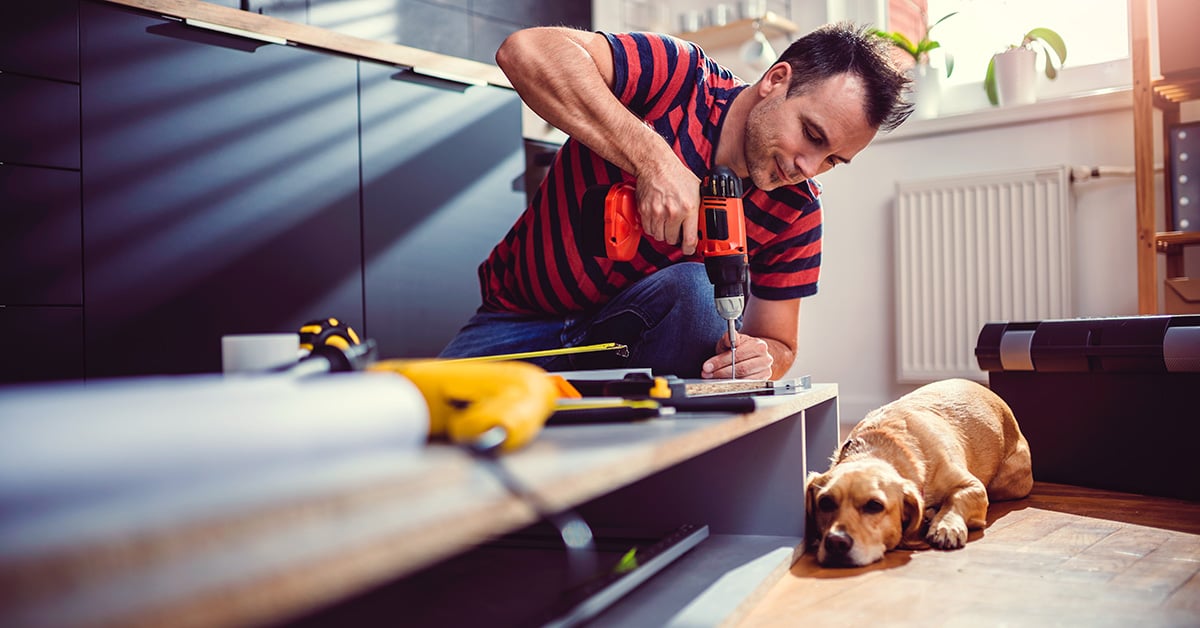Maintaining a Weatherproof Rental Property: Essential Tips for Landlords

As a responsible landlord, it's crucial to prioritise the upkeep of your rental property. You want to ensure it is comfortable for your tenants and meets Healthy Homes standards.
By staying proactive and taking necessary maintenance measures, you can protect your investment, provide a safe and comfortable home for tenants, and mitigate potential weather-related issues.
Safeguarding Against the Elements: A Comprehensive Maintenance Guide
Clear the Gutters
Regularly cleaning the gutters of your rental property is not only important for fire safety but also to ensure proper water drainage.
Leaves and debris accumulation can lead to sagging gutters, water damage, and the growth of harmful moulds. To tackle this task, either carefully clean the gutters yourself using a sturdy ladder and a bucket, or consult your property manager for recommendations on professional gutter cleaners familiar with local conditions.
Combat Mould
Inadequate ventilation can result in mould issues within rental properties.
It's essential to educate tenants about the signs of mould and encourage them to open windows, especially in areas prone to steam and moisture, such as bathrooms and laundries. If there's a significant mould build-up, consider professional mould treatment and provide appropriate notice to tenants.
Installing adequate exhaust fans in problem areas can also contribute to mould prevention. You do want to ensure the fan is strong enough for the room, or else it won’t be effective at all.
Enhance Insulation and Windows
Investing in comprehensive insulation for your rental property offers long-term benefits.
Your LJ Hooker property manager will be able to help you determine the best insulation approach based on the property type. Quality insulation not only improves energy efficiency but also prevents dampness.
Upgrading to double-glazed windows is an effective way to reduce heat loss, with 40 percent of heat energy escaping through windows. If budget constraints apply, focus on minimising drafts by installing or replacing weather stripping around doors and windows.
Ensure Safety: Prevent Slipping Hazards
With damp and shady conditions, moss, mildew, and algae can accumulate on driveways, paths, and outdoor patios, posing slip hazards. As a landlord, you are responsible for the upkeep and maintenance of the outside of the property. To avoid potential hazards, proactive communication is key. Educate tenants about potential dangers and the importance of regular cleaning. Encourage them to sweep or brush these surfaces periodically to remove leaves and debris. Additionally, there are products available to prevent moss and mildew growth.
Draft-Proofing for Comfort and Efficiency
Drafts can lead to increased condensation, discomfort, and higher energy consumption. Protect your tenants and optimise energy efficiency by addressing drafts.
Seal obvious gaps with weather stripping or window treatments, use heavy, lined curtains to retain warmth, and inspect windows for cracks or damage. Consider weather stripping existing windows or investing in energy-efficient replacements. Installing door sweeps and caulking gaps around skirting boards and window/door architraves further reduce drafts.
Roof and Gutter Maintenance
Extreme weather events can cause substantial damage if your property's roof and gutters are not well-maintained. Regularly inspect the roof for cracked or missing tiles or panels that may result in leaks and water damage. Damaged eaves can also lead to mould issues. Check gutters for cracks, rust, or looseness, and ensure they remain free from leaves and debris to prevent water-related property damage.
Windows and Doors: Keeping the Elements Out
Windows and doors are common entry points for the elements.
Regularly assess the condition of windows and doors, considering replacements or upgrades to enhance climate control and energy efficiency. Energy-efficient windows and doors can significantly lower energy bills while improving tenant comfort.
Explore options like double-glazing or weather stripping existing windows to reduce heat loss. Seal any gaps around doorframes and install door sweeps to minimise drafts.
Landscaping and Drainage
Proper landscaping and drainage are essential to prevent waterlogging and subsequent property damage during rainstorms. Ensure proper grading around the rental property and check that paving and garden beds facilitate water drainage away from exterior walls.
Regularly maintain trees and shrubs, removing any branches or trees that may compromise the property's structure or tenant safety. Inspect and protect exterior structures like patios, sheds, handrails, fences, and decks from severe weather changes.
Ventilation System Maintenance
Maintaining the ventilation system, like any roof ventilation system or heat pump, will allow your tenant to be comfortable while enjoying a dry property.
Ensure your rental property meets the Healthy Homes standards by providing a fixed, energy-efficient heater in the main living area. Regular ventilation system maintenance, including filter replacement and duct cleaning, ensures optimal system performance and tenant safety.
Plumbing and Pipe Protection
Frozen pipes can burst during cold winter months. Winterise your plumbing system by insulating exposed pipes in areas like garages, crawl spaces, and attics. Use heat tape, heat cables, or insulation materials to wrap pipes. Seal any leaks near the pipes that allow cold air infiltration.
Exterior Maintenance
Regular exterior maintenance helps prevent the escalation of existing issues. Inspect and repair sidings to address potential mould or wood rot problems. High-quality waterproofing, including painting and sealing exterior surfaces, provides additional protection against weather-related damage.
Complying with Healthy Homes Standards
As a responsible landlord, it's essential to understand and meet the requirements of the Healthy Homes standards. These standards aim to ensure that rental properties are warm, dry, and healthy for tenants.
One of the key areas covered by these standards is heating. Here's what you need to know:
Heating Standards
From 29 March 2023, rental properties must have a fixed, energy-efficient heater in the main living area that meets the energy efficiency standards. This means that if a tenant enters into a rental agreement from that date onwards, you must provide an appropriate fixed heater. If you already have a fixed heater in place but it does not meet the energy efficiency standards, you are required to upgrade it.
Maximise Your Rental Return with LJ Hooker Property Managers
If you're seeking professional assistance to maximise your rental returns, LJ Hooker property managers are here to help. Our comprehensive range of investment and property management services addresses every aspect of property ownership. Contact us today for a free appraisal and discover how we can support you in managing your rental property effectively.
Share


